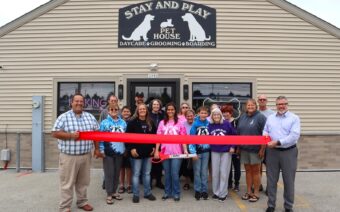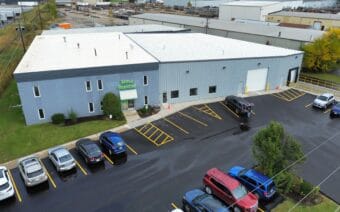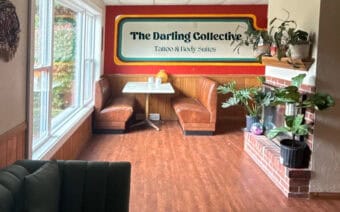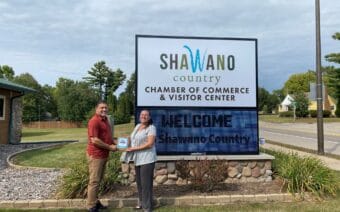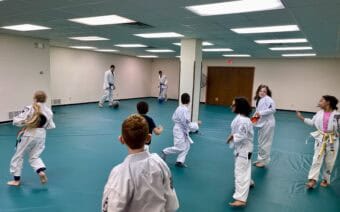
June 2, 2025
GREEN BAY – According to a study by Fortune Business Insights, the commercial drone market in the United States is expected to grow significantly by 2030, reaching $14.55 billion.
Per the study, drones – sometimes referred to as unmanned aerial vehicles (UAVs) – have usage capabilities across nearly all business sectors, but especially the energy, construction and agriculture industries.
Local entrepreneur Beau Koltz said he appreciates the tremendous growth the drone market is seeing and is leveraging it for the growth of his own business – Ledge Top Drone Services.
Getting in early
An enterprising 20-year-old, Koltz said he started his business two years ago, right out of high school.
“I always had a passion for aviation and loved the idea of being able to push forward with non-invasive technology,” he said, “whether that’s for roof inspections or agricultural needs – having the ability to use creativity when putting together videos, doing pictures or other things like that, that the customer needs.”
But drone operation, Koltz said, was not something taught in high school – nor was running one’s own drone business.
He said he had no videography experience before starting the business either.
“I basically just taught myself everything from watching YouTube videos, doing research and experimenting on my own with my own drone,” he said. “At first, I tried to use a lot of free education and free software to get myself familiar with it, and to see if it was something I wanted to pursue. The more I delved into it, the more in love with it I became, and the more I wanted to do it.”
Jumping in headfirst
Wasting no time, Koltz said he started buying the necessary equipment and took the legal and licensing steps necessary to operate a commercial drone business.
One of his first commercial jobs, he said, was for a friend who wanted video of his home and property.
“He wanted it as a keepsake for himself, something a lot of people do to be able to look back on it and see how their home and property have changed over the years,” he said. “That kind of work used to be done by helicopters.”
It so happens, Koltz said, his parents utilized that type of service years ago.
“They own 40 acres (located) 30 minutes south of Green Bay, and when they bought the property, my dad planted a bunch of trees,” he said. “In the early photos, those trees were only about waist-high, but now they’re about 20 feet tall. It’s very cool to see the progression and evolution of the property. A lot of people like this kind of thing.”
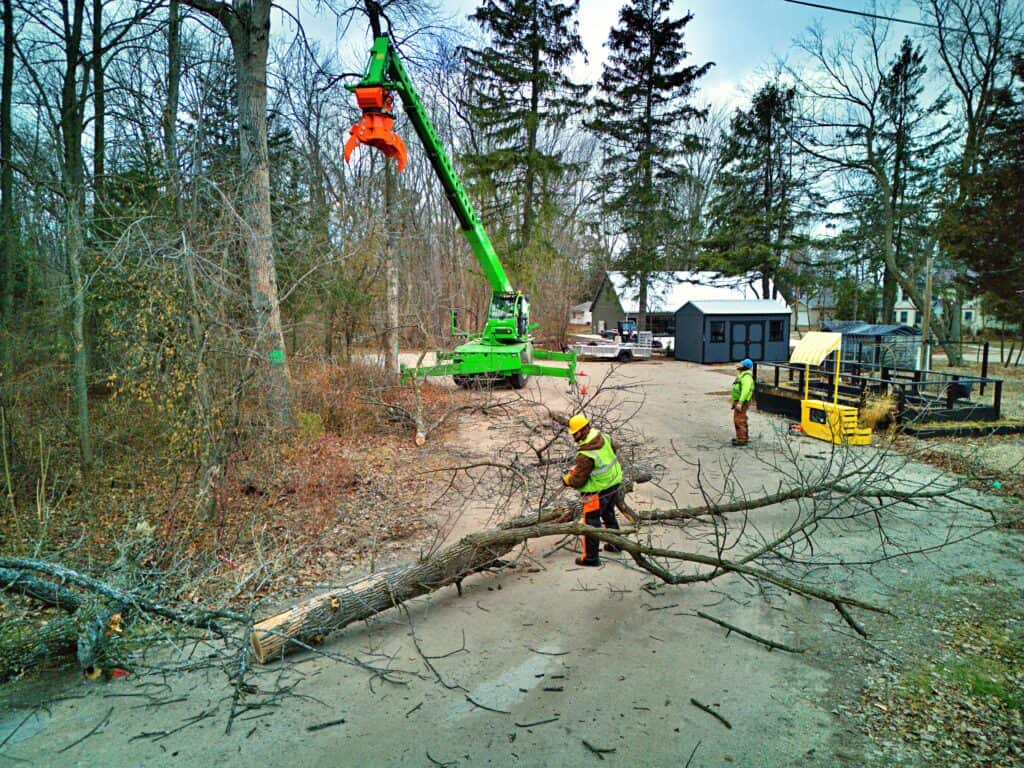
Koltz said his friend referred someone else to him, and word started getting around that he was available for this kind of work – relatively inexpensively, at that.
“Most of my business, so far, has come from word-of-mouth,” he said. “Soon after I got a couple of jobs, I made my own website (ledgetopdroneservices.com) and started promoting the business there and on social media.”
Koltz said the more his business grew, the more he reinvested in it – buying more equipment, allowing him to perform even more services.
Varying needs
Koltz said there are many uses for drones, and that it’s likely there are just as many that haven’t even been realized yet.
“I get quite a few tree trimming companies, some construction companies and everything in between,” he said. “The benefit for tree trimmers is that the video shows exactly how they take down or trim a tree – especially when they’re working in tight or dangerous situations.”
A recent job, Koltz said, was for a company cutting down trees under power lines.
“They needed a special tool to get into tight places, safely,” he said. “Then it showed them cutting up the trees, putting them in the wood chipper and once they were done, it showed them cleaning up the road and doing whatever else they needed to do to make sure there’s nothing left that could (cause issues).”
Roofing inspection work, Koltz said, is another large part of his business.
“It’s very easy to snap a bunch of pictures (of roofs) with my drone,” he said. “This way, nobody has to get a ladder out and go up on a steep or slippery roof where they could fall and get hurt. It’s just a lot safer, quicker and easier.”
Koltz said Ledge Top Drone Services also receives requests for 2D mapping and 3D modeling services.
The main difference between 2D and 3D maps, he said, is their dimensionality and the way geographical areas, for example, are represented.
A 2D map, Koltz said, is a flat representation of a geographical area, depicting features like roads, buildings and boundaries as lines, points and simple shapes on a two-dimensional plane, much like paper maps or atlases display areas.
But with 3D mapping or modeling, he said, things are shown in three dimensions.
So length, width and height, Koltz said, are present and structures and surfaces with perspective and volume are visible, much like in real life.
“The 2D mapping is where I take a bunch of pictures with a lot of overlap in each picture, so when I put all the pictures in my software, it stitches them all together and the output is like a high-resolution Google Maps image,” he said.
However, Koltz said Ledge Top Drone Services’ 2D maps provide customers with “a lot more detail than Google Maps.”
“And, it’s more up-to-date than something in Google Maps, because, obviously, Google Maps doesn’t update every year,” he said. “And the customer can actually take measurements on it. Depending on what they want, they can get as accurate as within a couple of feet, or if they have the correct equipment, they can actually get into centimeter-level accuracy from the drone data.”
Koltz said he also does a lot of promotional videos for people who want to promote their businesses.
“For one client, I did a bunch of clips, then put everything together in a compilation video – letting the video tell a story,” he said. “For example, it might start out showing the beginning of a project, then some shots of the progression of their project and then the completed project. That way, I can help them showcase their abilities and the quality of their work.”
When deer hunting, Koltz said drones can be more advantageous than hunting dogs.
“I’d use a drone that has a thermal camera along with a regular camera,” he said. “What that allows me to do is fly around at night and look for the deer. If I see a deer, I can turn on a spotlight and zoom in to where the deer is and see if it’s the one the hunter hit, and determine if it’s dead or alive.”
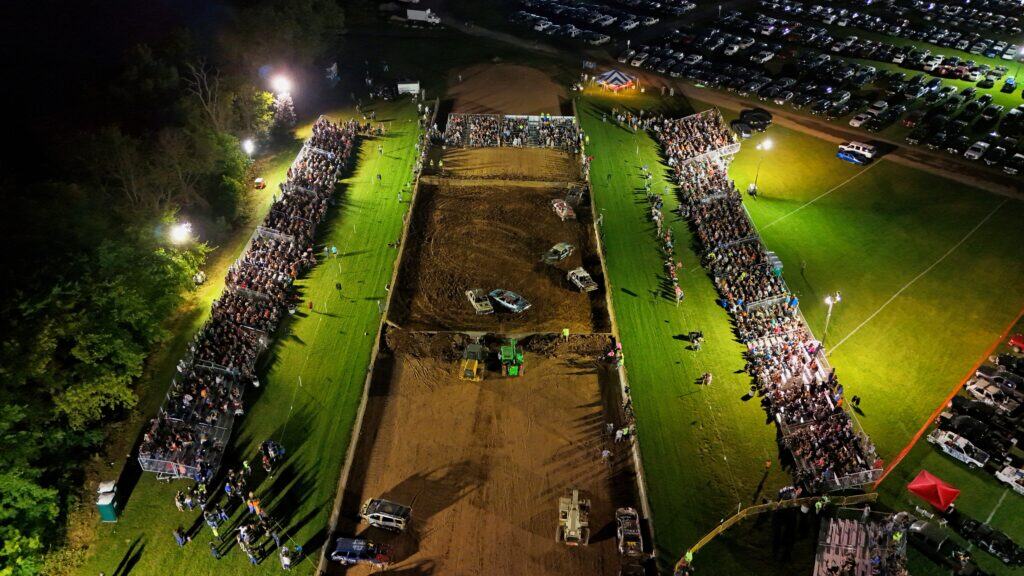
Furthermore, Koltz said drones are being used more frequently for search-and-rescue missions of people and pets who have gone missing, and to provide emergency services support.
Thermal imaging, he said, is best for performing these kinds of services.
“They are a very good tool for that because you can cover a lot more ground rather than having people on foot looking for someone or something, like a dog,” he said.
With agriculture being big business in Wisconsin, Koltz said there are several ways in which drones can help today’s farmers as well.
If they use drones with multispectral cameras, Koltz said farmers can detect things like nutrient deficiencies, pest infestations and diseases.
Drones, he said, can also help farmers optimize irrigation by identifying areas that require more or less water, reducing water waste, ensuring optimal growth conditions, doing agricultural spraying of crops and even assisting with herd analysis.
Beyond that, Koltz said drones are smart tools for infrastructure inspection and maintenance, especially since they can get to hard-to-reach places.
And, if used for inspecting structures – such as bridges and buildings – he said drones can more easily detect structural issues or potential hazards.
In the construction industry, Koltz said drones can more easily and quickly monitor progress, helping ensure the work is being done accurately and according to timelines and specifications.
Beneficial all around
Some of the main benefits of commercial drone usage, Koltz said, are:
- A reduction of the time needed to do a job
- Cost reductions associated with a specific job
- Quality improvements
- Increase/improve worker safety
As more people see the benefits of using a drone, Koltz said he sees his business naturally continuing to grow.
“I’m getting more and more calls to do more videos, pictures, promotional videos and 2D mapping,” he said. “I’m working on building up trust with repeat clients, and that will only gain me more business over time and allow me to invest in more drones and other technology to grow the business that much more.”
Koltz said there’s more than enough work to go around, but what sets Ledge Top Drone Services apart is his commitment to making sure the “client is completely happy.”
“I’m not afraid to go back and get the shots that I want or need,” he said. “I want to make sure that everything is perfect, and that when I give them the content I’ve prepared for them, they are 100% satisfied with it.”
In addition to running Ledge Top Drone Services, Koltz said he is a full-time student at the University of Wisconsin-Green Bay, studying computer science.
“I have very good time management skills…,” he said. “That’s what I have to do to be successful at both. And I’m committed to being successful.”
Ledge Top Drone Services serves Green Bay, Appleton, Manitowoc, Sheboygan and surrounding areas.
 Connecting newcomers to the community, one link at a time
Connecting newcomers to the community, one link at a time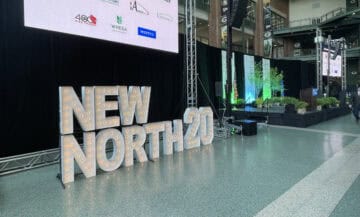 New North Summit showcases ‘the power of collaboration’
New North Summit showcases ‘the power of collaboration’


